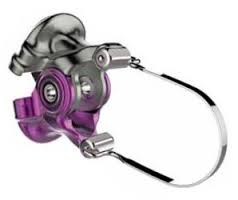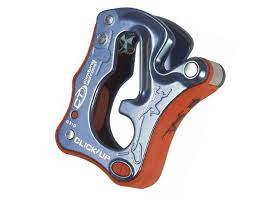Take off the wire cable and you're pretty much left with an old school belay plate:

The original belay device was simply a munter hitch on a "Karabiner", or "Halbmastwurfsicherung" (often abbreviated HMS) as it was originally called, but munter hitches are hard on ropes, which was the reason belay plates ("Sticht plates" after their inventor Fritz Sticht) were eventually developed.
But the plates had issues with binding and jamming up, which is why the tube style belay device became so popular when it first hit the climbing scene, it worked like a belay plate, but with a much smoother action.

The devices we have now are the product of years of trial and error trying to develop the best system possible. The cable wire is not necessary, but you'll notice right away how useful it is once you do take it off, all of a sudden you're going to find yourself fumbling around with your ATC as you try to feed the rope through it.
You can still buy belay plates by the way, they work great for guide belaying from above, but if you're going to belay from your belt, you're going to want the cable wire there to keep the device in place, especially if that's what you learned with.

If you're a widgeteer and simply want to explore other types of belay devices, there are plenty out there to sample:








































